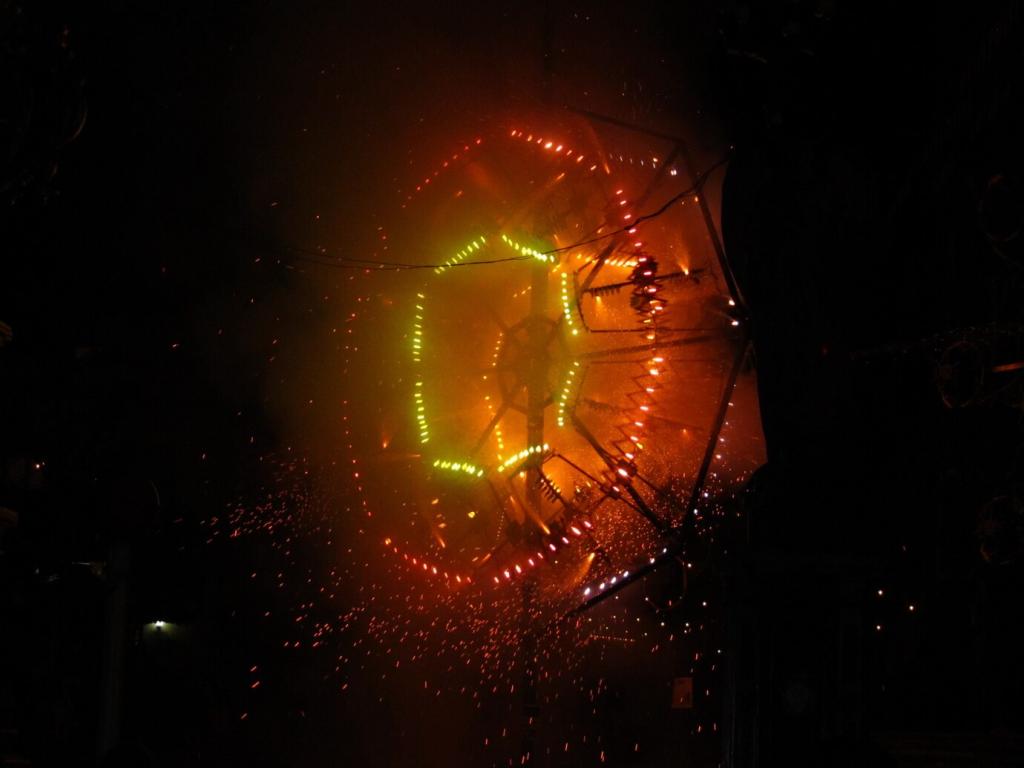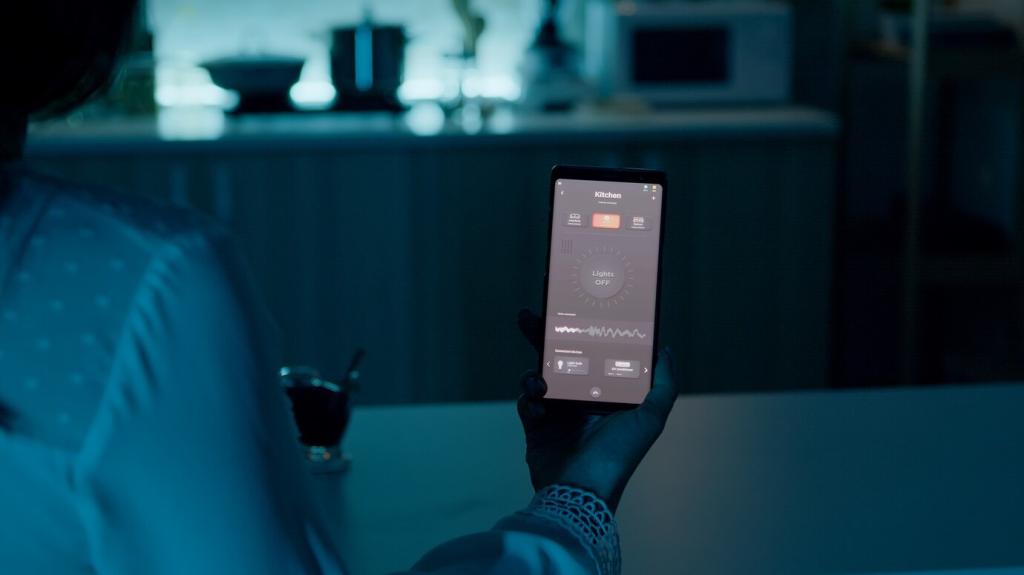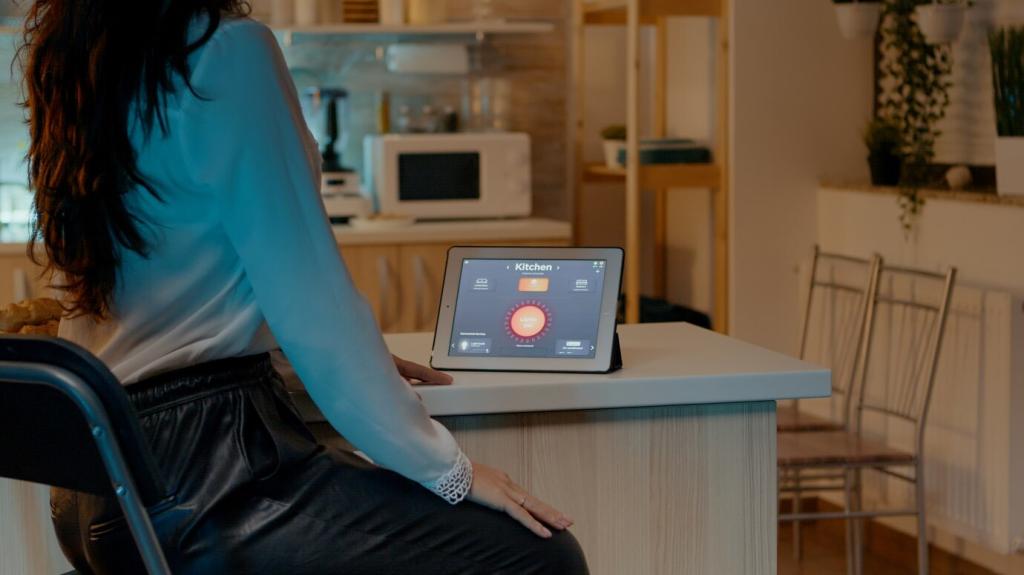Wireless Charging for Electric Vehicles: Power Without Plugs
Chosen theme: Wireless Charging for Electric Vehicles. Imagine parking, stepping away, and returning to a full battery—no cables, no clutter, just an invisible flow of energy quietly reshaping daily mobility and making every stop a chance to refuel.
How Wireless EV Charging Works
Two coils—one in the ground pad, one in your EV—exchange energy through magnetic resonance. The car and pad tune themselves to the same frequency, transferring power across a small air gap without any physical connector or exposed metal surfaces.


Early Adopters, Real Moments
Maya used to wrangle a wet cable before sunrise. After installing a wireless pad, she simply parked, hustled the kids into the car, and left on time—warm gloves, dry driveway, and a battery topped overnight without lifting a finger.
Early Adopters, Real Moments
A pilot placed pads at a taxi stand. Drivers rolled in, grabbed a quick espresso, and returned to an extra few kilowatt-hours—enough to finish the lunch rush. Fewer detours to plug in meant smoother routes and steadier earnings during peak demand.


Setting Up at Home
Check panel capacity, breaker space, and the route for conduit. Consider future upgrades, possible snow or leaf buildup, and where your EV’s receiver coil sits. A thoughtful layout minimizes trenching, shortens cable runs, and improves long-term reliability.
Setting Up at Home
Once the pad is installed flush with the surface, calibration aligns the car’s receiver. Most systems provide dashboard cues or app visuals. Paint or pavers can mark the sweet spot, helping everyone in the household park accurately without second-guessing.
Curbside Pads and Accessibility
Pads in on-street parking remove cable clutter from sidewalks and reduce trip hazards. Clear markings, lighting, and shared scheduling help neighbors rotate usage fairly, while open data feeds enable apps to show availability, charging speeds, and dwell-time limits.
Transit, Depots, and Fleets
Buses or vans align over pads at layovers, adding meaningful charge without plugging. Depots integrate wireless bays into staging zones, keeping aisles clear. Short, frequent top-ups can reduce large, synchronous peaks and smooth daily energy demand curves.
Dynamic Lanes: Charging While Moving
Some pilot corridors test embedded coils beneath asphalt, letting vehicles sip energy while cruising. Even modest power extends range or shrinks battery size needs, hinting at lighter vehicles, better efficiency, and less raw material demand over time.
Energy, Efficiency, and Sustainability
Modern systems can approach plug-in efficiency when alignment is solid. Regular parking habits and updated software narrow the gap further, turning routine stops into reliable, incremental refueling that complements longer, planned sessions when needed.
Energy, Efficiency, and Sustainability
A home solar array can schedule wireless sessions when production peaks, diverting surplus generation into your EV. Time-of-use automation nudges charging toward greener hours, helping households shrink emissions without sacrificing day-to-day convenience.

What Standards Mean for You
Harmonized standards like SAE J2954 define power classes, alignment tolerances, and communication basics. When your car and pad follow the same playbook, setup is smoother, performance is predictable, and upgrades are less likely to break compatibility.

The Vehicle–Pad Handshake
Before power flows, the car and pad verify identity, coil position, and system status. This digital conversation enables foreign object detection, adjusts power levels, and keeps logs, which helps diagnose issues and optimize efficiency over time.

Planning for Tomorrow’s Upgrades
Look for pads with firmware updates, expansion capacity, and clear roadmaps. Modular hardware and software can raise power, refine alignment, and add features, protecting your investment as vehicles gain improved receivers and smarter energy management.

Join our mailing list
